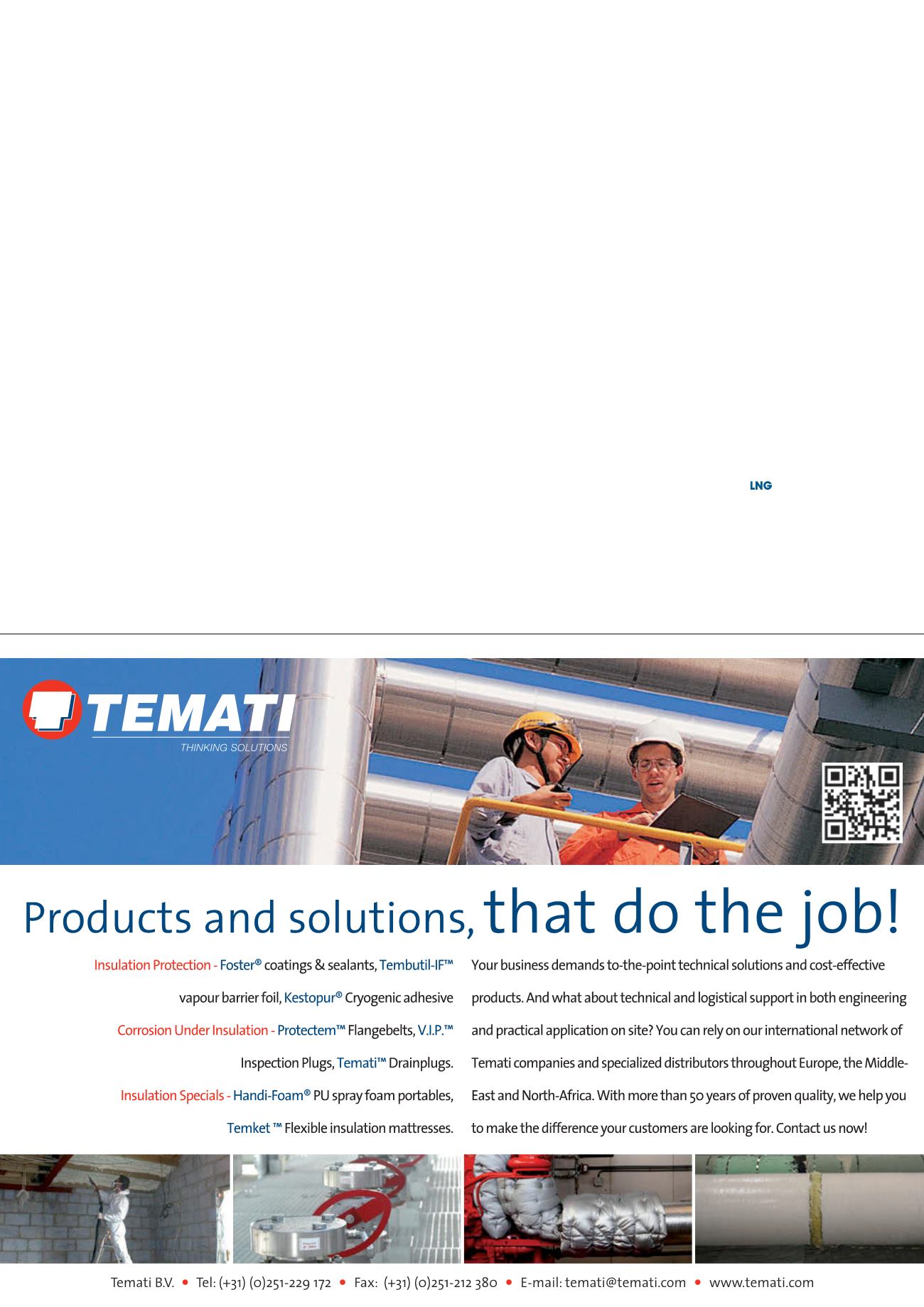
infrastructure and require the same operating expertise.
There is also the added benefit of debottlenecking existing
NGL plants.
Another motivator for expanding the marketability of
LNG is to position it as a viable and more environmentally
friendly alternative to diesel, which was seeing prices of
approximately US$2/gal. By contrast, the StarLNGL plant
can provide LNG delivered at the pump at an estimated per
diesel gallon equivalent (DGE) of US$1, including road tax.
This provides a significant financial advantage to
over-the-road fleets. The required infrastructure certainly
needs to develop further to make this fuel more readily
available, particularly for long haul trucking operations.
However, existing locations of processing plants near
transportation networks are promising, providing an opening
for StarLNGL to shorten the distribution channel for bringing
clean, dense LNG energy to market. Engine conversions
have also become much more affordable. Whereas
previously they might have cost close to US$50 000 per
vehicle, a retrofit today is much less at approximately
US$15 000.
Advantages of integrating
NGL with LNG
StarLNGL can easily be integrated with a variety of
NGL recovery technologies, including CRYO-PLUS™,
gas subcooled process (GSP) and recycle split vapour
(RSV) plants. An alternative to this integrated solution is
construction of a standalone LNG plant – an option that
many gas processing companies may find cost prohibitive.
Building a standalone LNG plant means entirely new
infrastructure, utilities, controls and staff, as well as
acquisition of real property for a greenfield plant. The
integrated approach is a more cost-effective way to add new
revenue to an existing operation, and provides the added
benefit of optimising and debottlenecking the existing plant.
Conclusion
Optimising production of natural gas and NGLs has become
essential in the current market. The existing widespread
NGL recovery plant landscape offers great infrastructure to
introduce LNG to the production scheme. StarLNGL takes
advantage of the infrastructure with the added bonus of
optimising and debottlenecking the NGL plant. Adding
this technology to the infrastructure of old and new gas
processing plants can be used as a ‘soft entry’ into the LNG
market. In volatile market conditions, StarLNGL allows
operators to quickly adapt to changes and to support
channeling of production to maximise profits.
References
1. US and foreign counterpart patents pending.
2.
Annual Energy Outlook 2015
, US Energy Information
Administration, (2015), retrieved from:
.
gov/forecasts/aeo/section_energyprod.cfm


